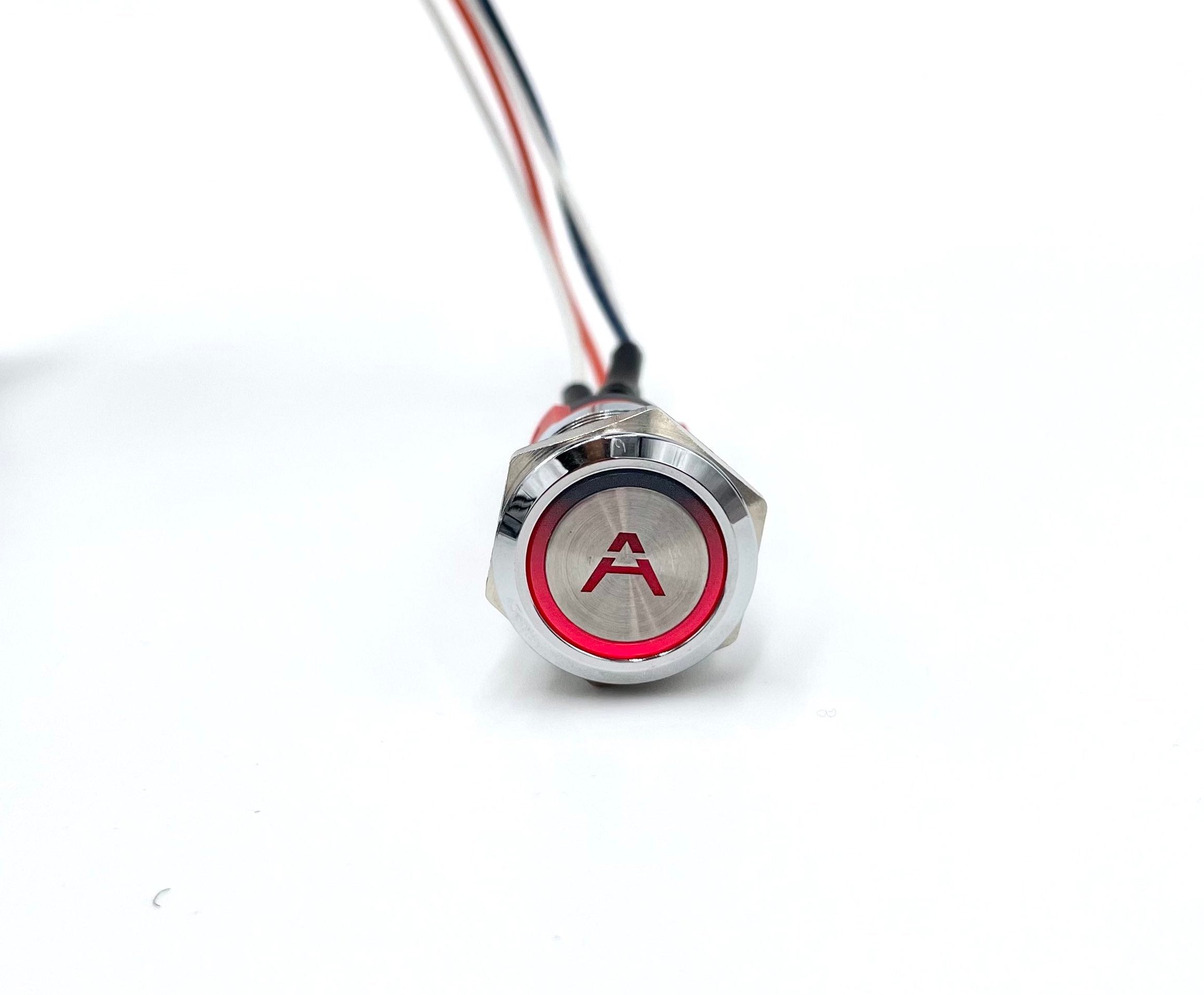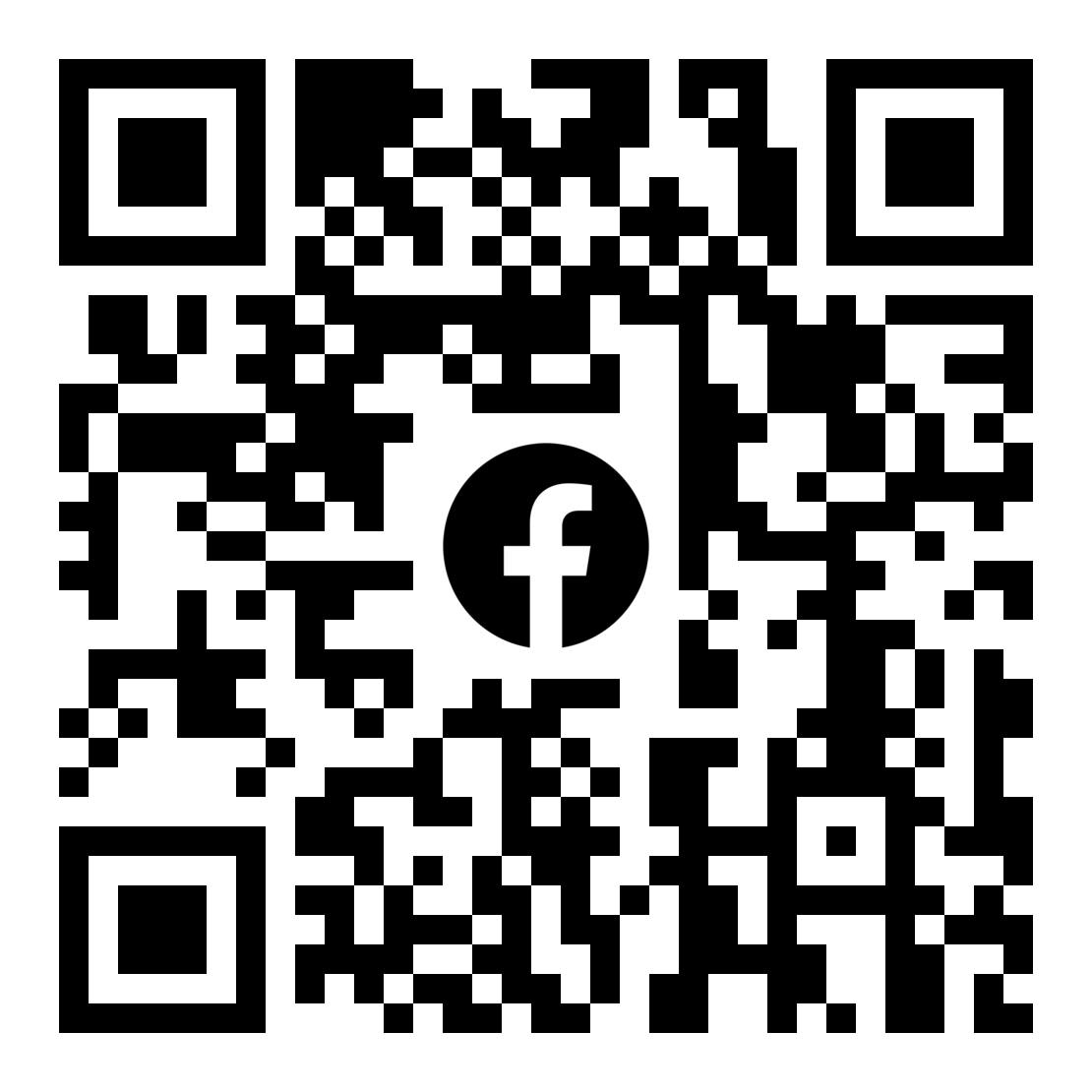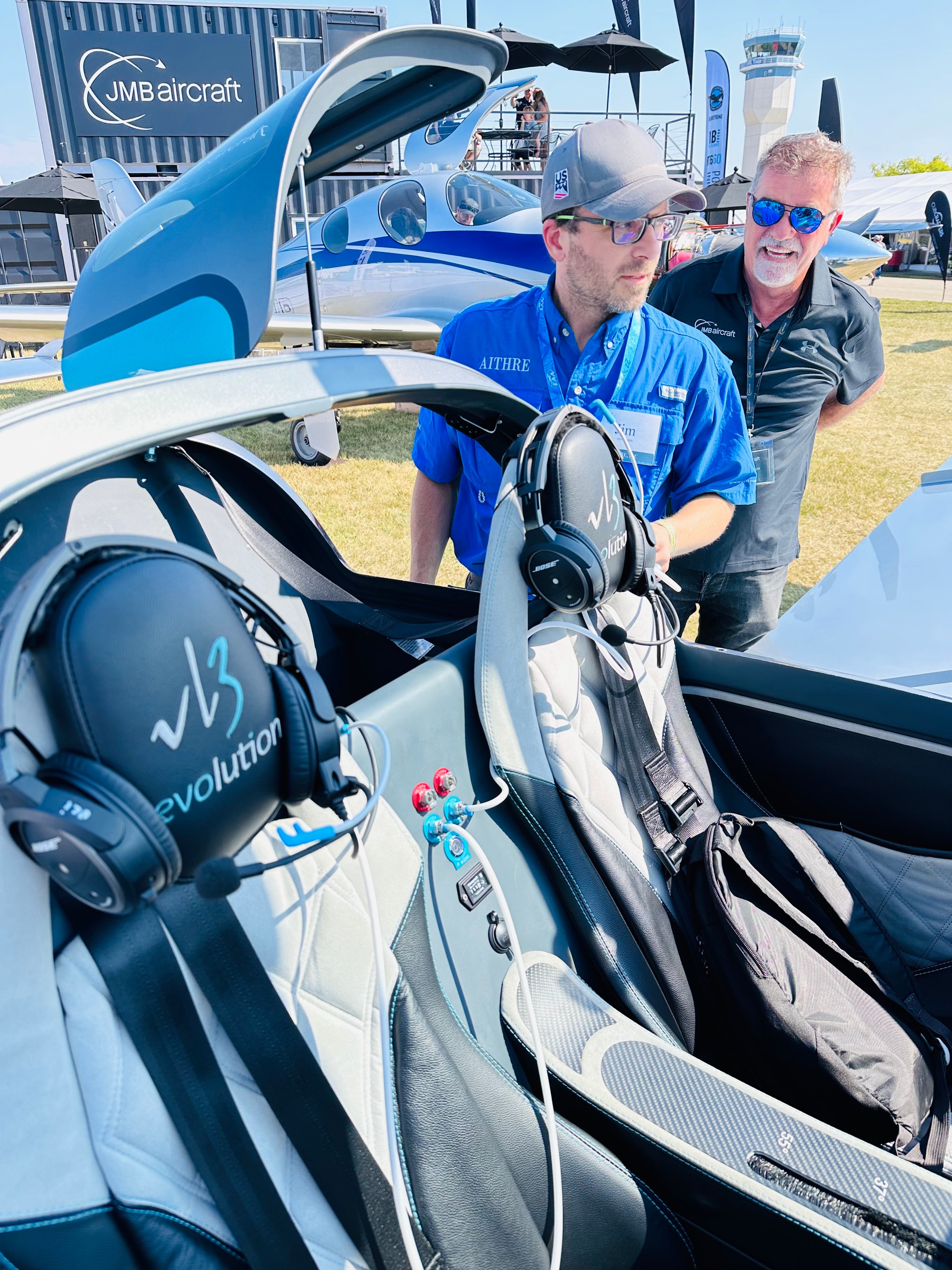While the finger pulse oximeter is a popular means of monitoring for SPO2, it is actually not the best location. True blood oxygen can only be determined by a blood gas measurement, involving a blood draw and laboratory equipment. Because this isn't feasible in the field, the oximeter offers a more convenient method using absorption of red and infrared light to estimate the actually blood oxygen level. The oximeter then is just that - an estimation of true blood oxygen. There is actually a difference in the quality of the estimation depending upon the location where the pulse oximeter measures the light absorption. As mentioned, one popular place is the finger, but there is also the forehead and the ear area. This particular study shared by Aithre customer, glider pilot, and economics professor at Stanford Law School, reviews the different oximeter locations and provides hard data on the correlation between the estimation and the true blood oxygen levels. Conclusion is that the finger is the worst place to estimate true blood oxygen and can be off by many percentage points and fluctuate wildly. The ear location and the forehead are the preferred locations for oximeter placement and offer estimations the are very tightly correlated to true blood oxygen.
FAA APPROVES TURBO O2 MAKERS FOR PART 23 AIRCRAFT

Aithre Turbo Oxygen Makers
The FAA has approved installation of all Turbo oxygen makers in all Part 23 aircraft as a minor alteration. Any A&P can install the system, without inspection authorization, using merely a logbook entry. The installation is simple requiring only power and ground at 80W and some plumbing connections.
AITHRE OXYGEN SYSTEMS OVERVIEW
WEBINAR
December 16, 2025, 4PM. Join in for a technical overview of the Avi, Turbo, and hybrid oxygen systems with Aithre CoFounder Jim Ruttler. If you are looking at one of the Aithre Systems and are confused or not sure where to begin, this technical discussion will focus on the options, functionality, limitations, and installation requirements for each bottled and concentrator system.
YEAR END SPECIAL OFFERS
GET UP TO $2500 CREDIT OR FREE UPGRADE TO HEALTHVIEW II
- If you bought a bottled oxygen system from us or a competitor in the last 2 years and have experienced buyers remorse, we will help offset that mistake with credit toward the Turbo O2i installed system. Credit is what you paid up to $2500 and you can keep your current system as backup. Offer expires 12/31/2025. Proof of purchase required. Call or email to confirm eligibility details.
- Get a free upgrade from the Healthview I to Healthview II with any AVI installed system or Turbo O2i installed system. Offer expires 12/31/2025. Call or email for details.





